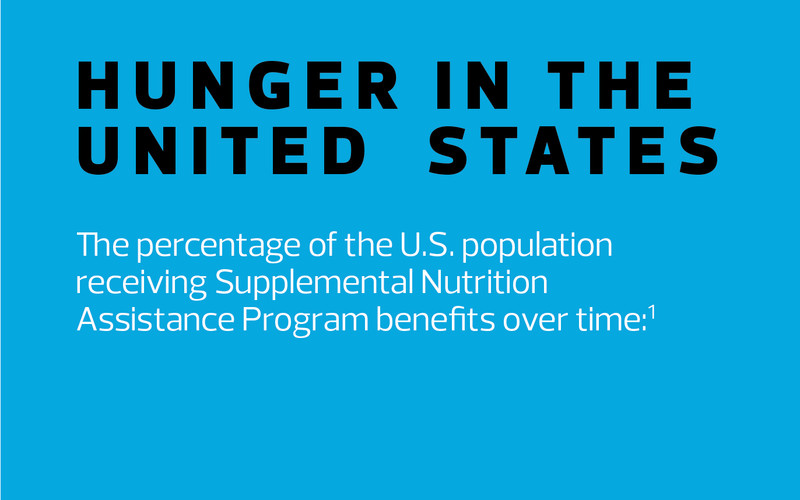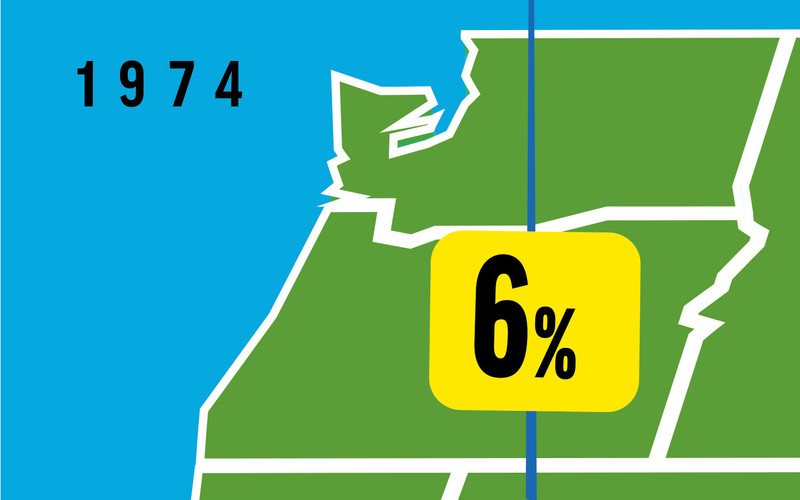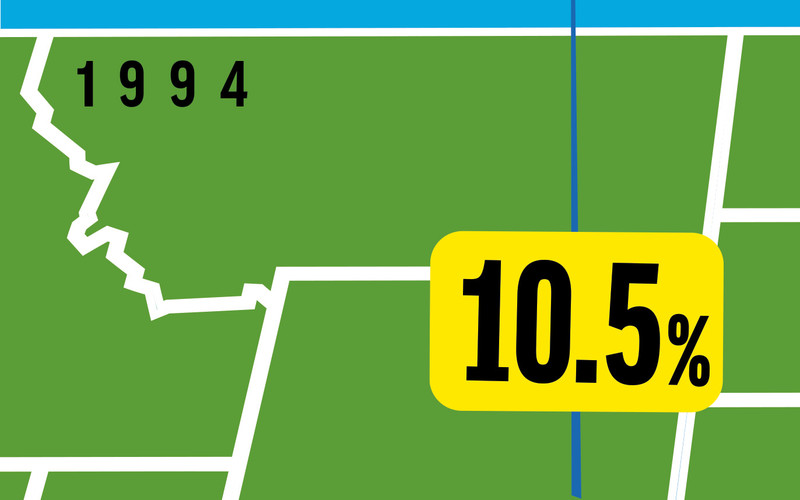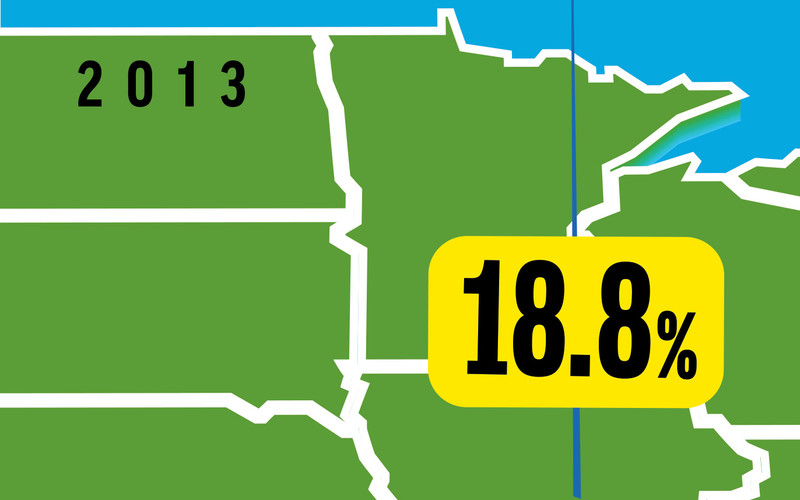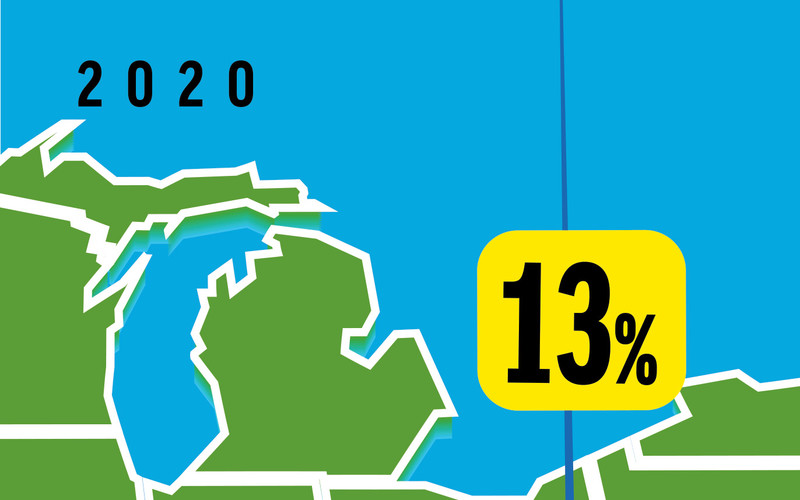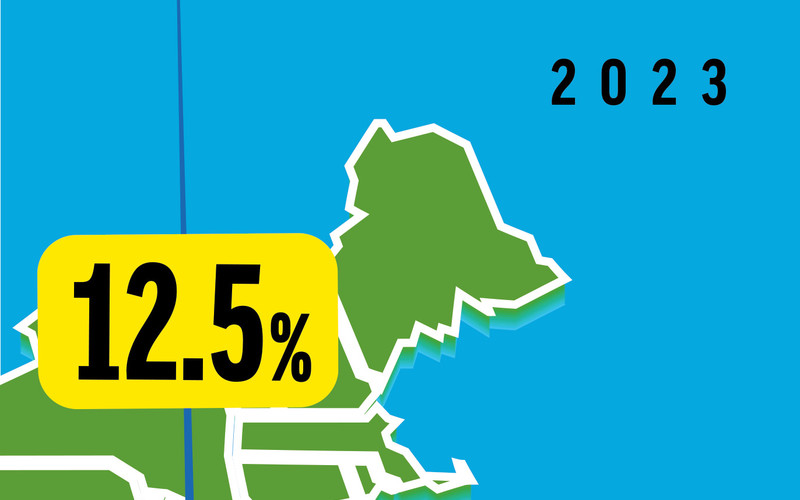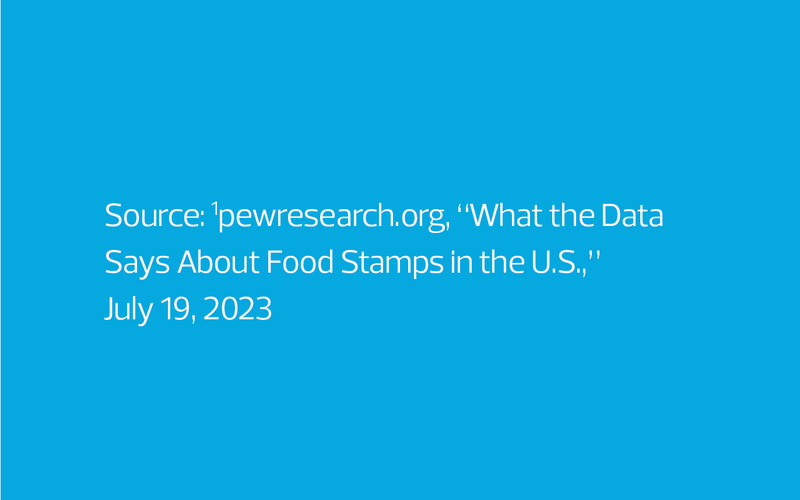With Cloud Power, Agencies Award Benefits Quickly
The Washington Department of Health partnered with AWS during the pandemic to build an online platform that residents could use to order free at-home COVID-19 test kits. Success there led the agency to explore other ways that cloud solutions might help it better connect with state residents, and it soon teamed up with the company again to integrate Amazon Fresh with SNAP Produce Match.
“It was a big deal in the middle of the pandemic because it allowed people to get fruits and vegetables delivered at a time when many really needed to stay home,” Perez says. “Now it’s more about improving access and equity, and meeting customers and communities where they are.”
Since the launch of the SNAP Produce Match program, shoppers in Washington state have used the cash they’ve received to buy nearly $9 million worth of produce, and they’ve already redeemed more than 13,000 coupons in just 12 months through Amazon Fresh. Perez and her colleagues at the DOH hope to increase those numbers substantially by improving outreach to rural communities, where grocery stores are few and far between.
It's estimated that 1 in 10 people in Washington state face food insecurity, and 1 in 7 children are affected by hunger. It’s statistics like those that lend urgency to her agency’s mission and drove it to partner with a tech company such as AWS, Perez says.
“I know the perception sometimes can be that government agencies tend move slowly, but I don’t think anyone can say that’s true of us,” she says.
LEARN MORE: State and local agencies should seize the moment to enhance digital services.









